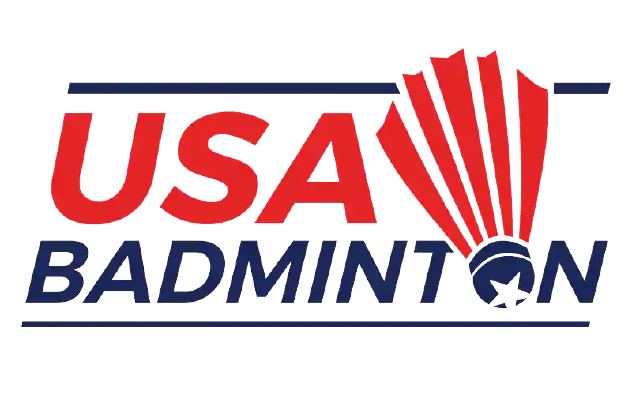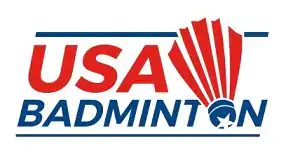
CLASSIFICATIONS
These are the 6 Classifications for Para-Badminton:
| GROUP | CLASSIFICATION NAME | TYPICAL EXAMPLES OF IMPAIRMENT TYPES |
|---|---|---|
| Wheelchair | WH 1 | Spinal injury causing impairment to upper limbs/trunk |
| Scoliosis | ||
| WH 2 | Multiple Sclerosis | |
| Standing | SL 3 | Single Above Knee Amputation |
| Double Below Knee Amputation | ||
| Cerebal Palsy | ||
| SL 4 | Single Below Knee Amputation | |
| Cerebal Palsy | ||
| Hip Dysplasia | ||
| SU 5 | Upper Limb Amputation | |
| Upper Limb impairment – e.g. brachial plexus injury | ||
| Short Stature | SH 6 | Short Stature/Dwarf Condition – e.g. achondraplasia |
Eligible Disabilities
The eight impairment types eligible in BWF Para-Badminton are:
- Hypertonia: Health conditions which cause hypertonia include, but are not limited to Cerebral Palsy(CP), stroke, acquired brain injury, multiple sclerosis.
- Ataxia: Health conditions which cause ataxia include, but are not limited to CP, brain injury, multiple sclerosis, Friedreichs ataxia and spinocerebellar ataxia.
- Athetosis: Health conditions which cause athetosis include, but are not limited to chorea and CP.
- Loss of limb or limb deficiency such as results from trauma-related amputation or congenital limb deficiency like dysmelia.
- Impaired range of movement: Health conditions which cause impaired range of movement include, but are not limited to arthrogryposis and ankylosis and trauma-related arthrodesis.
- Impaired muscle power such as results from spinal cord injury, muscular dystrophy, brachial plexus injury, spina bifida, post-polio or Guillain-Barre syndrome.
- Limb-length difference such as results from congenital dysgenes is or trauma.
- Short stature: Health conditions which cause short stature include, but are not limited to, achondroplasia, spondophysealplasia.
Classification Overview
Classification provides a structure for Para competition. The International Paralympic Committee has adopted a universal classification code in order to facilitate the implementation of accurate, reliable, and credible sport-specific classification systems. The classification process determines who is eligible to compete in a Para sport and it groups the eligible athletes in sport classes according to their activity limitation in a certain sport. For more information about Para classification and the IPC Athlete Classification Code, please visit the IPC Classification Webpage.
Badminton World Federation is the international federation for Badminton. BWF is responsible for creating and implementing the rules and regulations that govern the Para Badminton classification system. For more information about track and field’s classification system, rules and regulations, please visit the BWF Corporate Website.
2024 Classification Opportunities
Athletes with a Physical Impairment (PI)
1. Submit the national medical diagnostics form to the USAB Classification Manager. The form should clearly define which of the eligible impairment(s) the athlete has and supporting documentation should be provided to verify the underlying health condition or origin of the impairment(s). The national medical diagnosis form must be submitted prior to attending a classification evaluation.
- National Medical Diagnosis Form – Submit to the USAB Classification Manager at trehan.rajeev@hotmail.com
2. Register for an International event that has a classification panel
3. Attend a classification evaluation. Classification takes place one or two days prior to competition and participation in the competition is required to complete classification. The evaluation process consists of:
a. Physical Assessment – a series of functional ability tests performed by a Medical Classifier
b. Technical Assessment – a series of practical ability tests observed by a Technical Classifier
c. Provisional Sport Class Allocated – Based on the results of both of the above tests, athletes are allocated a provisional sport class
d. Observation in Competition – This will confirm or alter the provisional sport class allocation
International Classification and Opportunities
Athletes must have the appropriate medical documentation to request international classification. The Prospectus will have the information requested to send in prior to your classification on site before the tournament. Each document sent in should outlines the specific tests, x-rays, MRIs, etc. required for various impairments that should be provided as supporting documentation. Thes form and the supplemental documents must be completed by the athlete’s physician.
